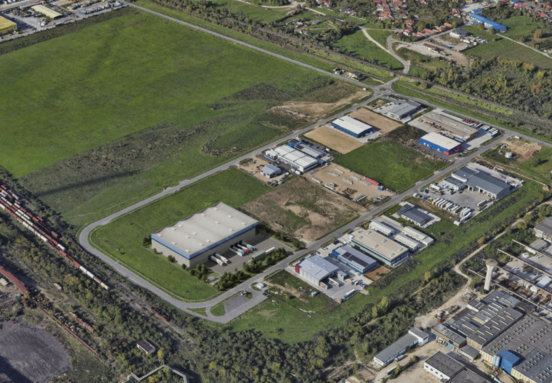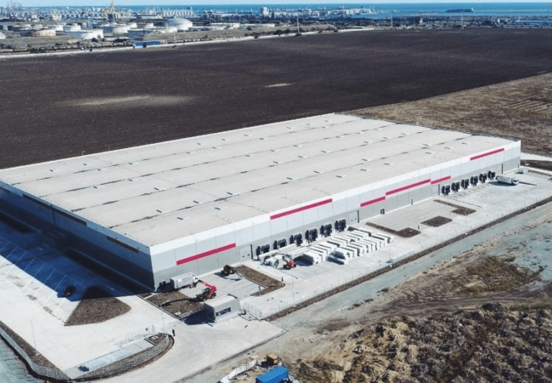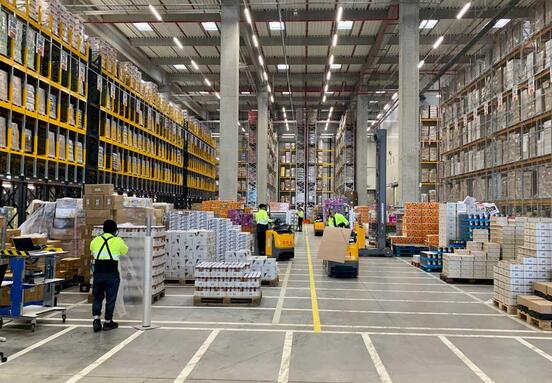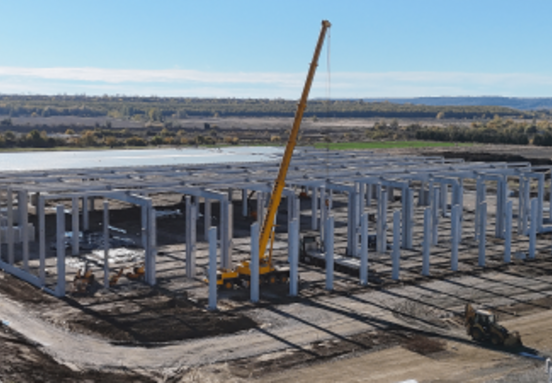The impact of the COVID-19 pandemic on the liquidity of the commercial real estate market was more pronounced in 2021 than in 2020, in the context in which last year a series of large-scale transactions took place, for which negotiations had begun before the pandemic.
Andrei Văcaru, Head of Capital Markets JLL Romania, said: "Although there are several negotiations that are likely to close in the fourth quarter, it is hard to believe that we will be able to reach the level of approximately 900 million euros by the end of the year, registered in 2020. This situation is largely generated by the lack of supply - many owners are not interested in selling in the current market conditions".
According to the representatives of JLL Romania, Bucharest remained in the first 9 months of 2021 in the top of the destinations preferred by investors, accumulating 70% of the total traded volume, respectively about 400 million euros.
Similarly to last year, the offices attracted most of the investments made, respectively about 350 million euros or almost 60% of the total volume.
The largest transaction with office space recorded in the first 3 quarters of the year was the sale of the Hermes Business Campus office complex in the Dimitrie Pompeiu area of the Capital, with a total area of about 75,000 sqm, acquired by Adventum Group in Hungary from Atenor.
However, the most representative transaction in this market segment so far in 2021, both in terms of the competitive sales process and the price obtained, remains the sale of Campus 6.2 and 6.3 office buildings in the Center-West area of Bucharest, where JLL represented the seller, Skanska. The buildings, with a leasable area of about 38,000 square meters, were purchased for 97 million euros by S IMMO. This move marked the reactivation of the Austrian company on the Romanian investment transaction market.
On the second place in the investors' preferences were found the industrial and logistic spaces, attracting in the first 9 months investments of over 170 million euros, respectively 30% of the total traded volume. Interest in this market segment is very high now, but the record level of concentration reached (the two largest owners control over 50% of the market) is beginning to discourage potential new investors.
Prices are rising slightly, both for logistics areas, where prime yields have shrunk in the third quarter from 8% to 7.75%, and for offices, where prime yields have fallen over the same period from 7% to 6.9%. This trend is generated by the evolution in the region and the considerable capital available for quality products.







